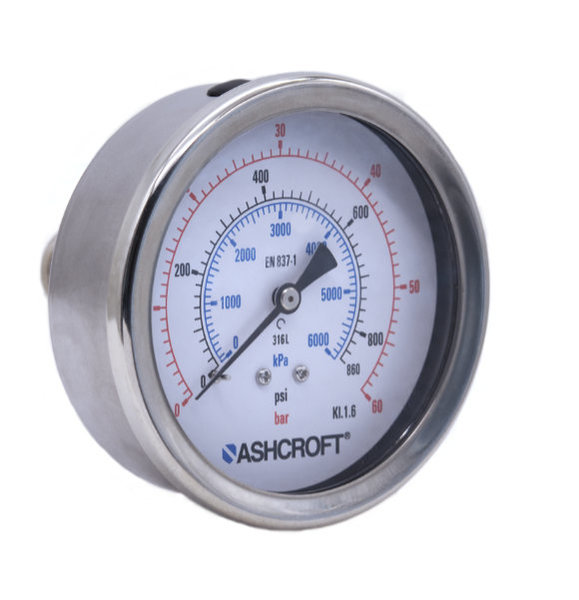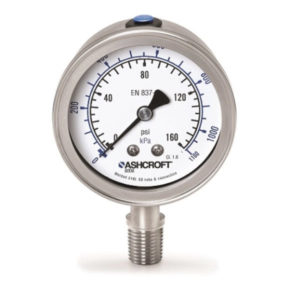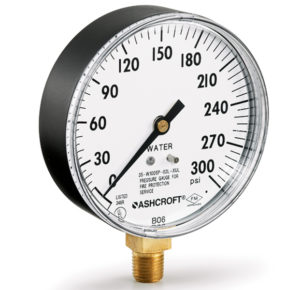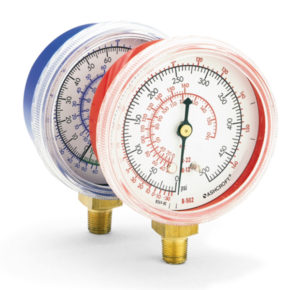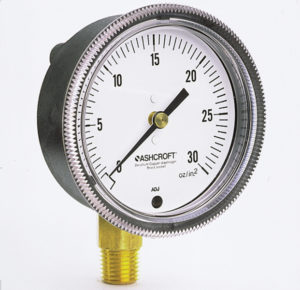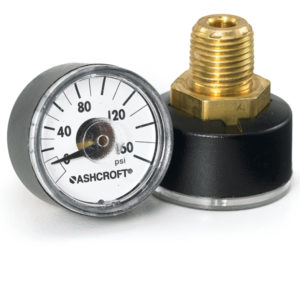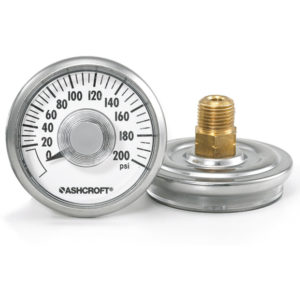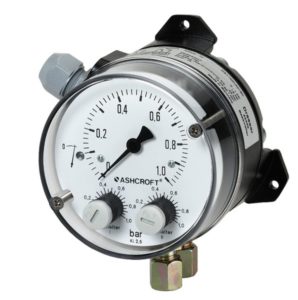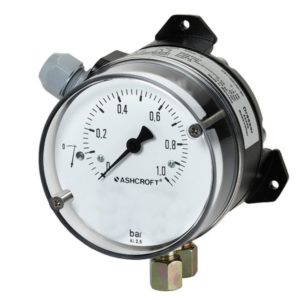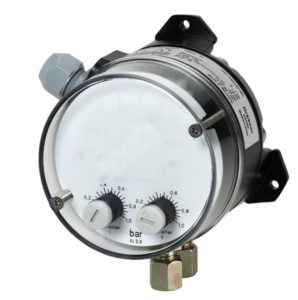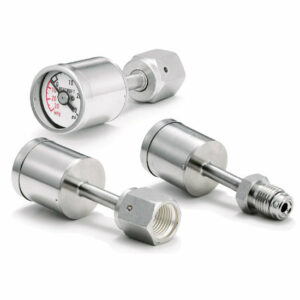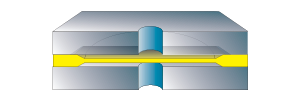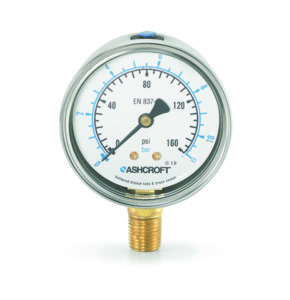

UG4 Utility Gauge Stainless Steel Case And System
UG4 Utility Gauge Stainless Steel Case And System
Data Sheets
Installation + Maintenance
Declaration of Conformity
Industry Brochures
Safety Data Sheets
Key Features
Compliant to European pressure gauge standard EN 837-1
Cost effective
All-stainless steel movement
Designed to meet MSL Helium leak test of 1 x 10-6 scc/s
Custom dials available
Markets & Applications
HVAC-R
Machine Automation
Hydraulics and Pneumatics
Hydraulic Hand Tools
Filter regulators
Pool and spa filters
Hydrogen and Technical Gases
Pumps and Compressors
- Specifications
- Downloads
Wetted Parts Material
Stainless steel 316L (1.4404)
Ingress Protection
IP66
Case or Body Material
Stainless steel 304 (1.4301)
Process Connection Style
Threaded
Process Connection Location
Lower
Lower back
Centre back
Accuracy
2.5% of span (class 2.5)
1.6% of span (class 1.6)
1% of span (class 1)
Case Style
Open front case with blow out (S1)
Dial Size
100 mm
80 mm
63 mm
40 mm
50 mm
Mounting
Flush
Stem
Surface
Pressure Type
Gauge pressure
Ranges
1 ... 700 bar / 10000 psi
Vacuum
Compound
Dampening
Liquid fill
Throttle screw
Data Sheets
Installation + Maintenance
Declaration of Conformity
Industry Brochures
Safety Data Sheets
- Category: Industrial Gauges

